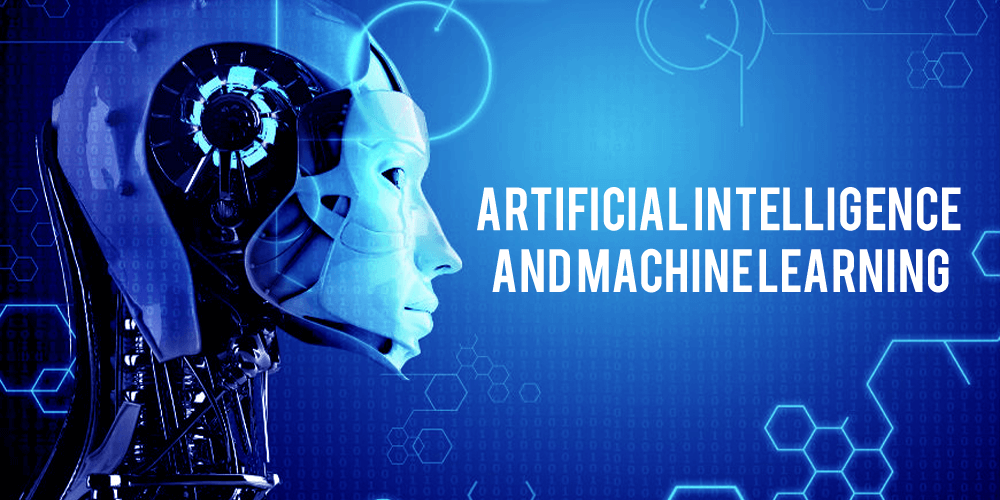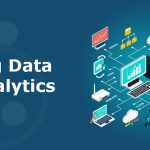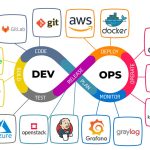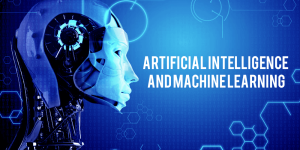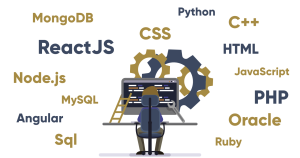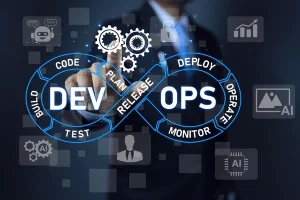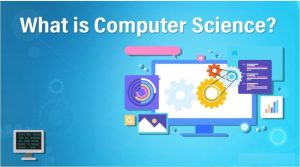Artificial Intelligence & Machine Learning
Description:
Explore the world of AI and ML by understanding algorithms, building models, and making predictions with Python libraries like Scikit-learn and TensorFlow.
Learning Objectives:
-
Understand AI types and real-world applications
-
Learn supervised and unsupervised learning
-
Build models using Python
-
Evaluate and improve accuracy
Detailed Content:
15.1 What is Artificial Intelligence?
AI simulates human intelligence in machines. Categories include:
-
Narrow AI: Performs specific tasks (Siri)
-
General AI: Human-like intelligence (still theoretical)
15.2 Machine Learning Overview
ML is a subset of AI where machines learn patterns from data.
-
Supervised Learning: Learn from labeled data (regression, classification)
-
Unsupervised Learning: Discover patterns (clustering)
15.3 ML Workflow
-
Collect data
-
Preprocess (clean, normalize)
-
Split into train/test sets
-
Choose algorithm
-
Train model
-
Evaluate (accuracy, precision, recall)
-
Tune hyperparameters
15.4 Algorithms
-
Regression: Predict numeric values
-
Classification: Predict categories (e.g., spam vs. not spam)
-
Clustering: Group similar data (e.g., customer segmentation)
15.5 Libraries and Tools
-
Scikit-learn: Popular for beginners
-
Pandas, NumPy: Data processing
-
TensorFlow, PyTorch: Deep learning
-
Jupyter Notebooks: Interactive development
